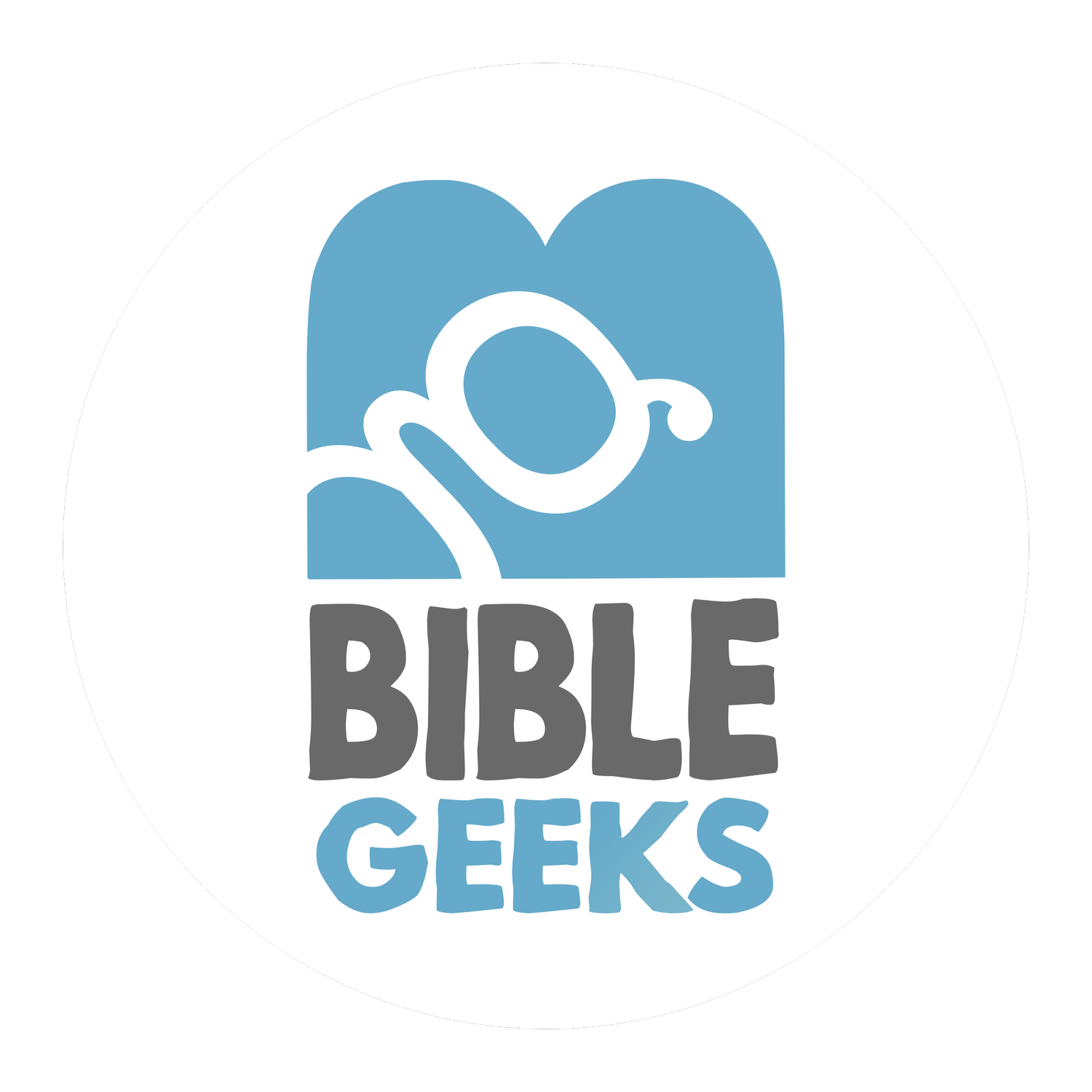“Torn Robes and a Silent King”
This is an adapted excerpt from “Priesthood Face-off“ for our Seven Sermon Summer Surfin’ Spectacular.
Who was the very first priest mentioned in the Bible? The answer might surprise you. It wasn't Aaron or anyone from the tribe of Levi. The first time the word “priest” appears in Scripture is in Genesis 14, and it’s used to describe a mysterious man named Melchizedek, who was not only a “priest of God Most High,” but also the “king of Salem” (Gen. 14:18).
From the opening pages of the Bible, God creates a "mental shelf space" for an idea that seems strange to us: the roles of priest and king combined in one person. This ancient figure provides the blueprint for a better priesthood, one that the Old Testament would consistently point towards. This trail of clues leads to a dramatic face-off, where a silent Priest-King stands before a law-breaking high priest, and everything changes.
The Big Idea: From its first pages, the Bible builds a case that the flawed human priesthood would one day be replaced by a perfect Priest-King.
The Blueprint: A Priest on a Throne
The meeting between Melchizedek and Abram is short but packed with meaning. This Priest-King is presented as undeniably superior to Abram, the father of the faithful. Melchizedek blesses Abram — and the book of Hebrews reminds us that “it is beyond dispute that the inferior is blessed by the superior” (Heb. 7:7). Then, Abram gives Melchizedek a tenth of all his spoils. This interaction establishes the Melchizedekian order as a greater, higher form of priesthood long before the Levitical priesthood was ever established.
The Prophecy: A King Who is a Priest
This idea of a priest-king doesn't disappear after Genesis. The Old Testament is full of hints pointing back to it. In the book of Judges, priestly corruption is highlighted by the repeated phrase, “there was no king in Israel.” Later, King David, a man from the tribe of Judah, controversially wears a priestly ephod and performs priestly actions.
Then, David himself writes the most direct prophecy in Psalm 110, speaking of a future king at God’s right hand who will also be a “priest forever, in the order of Melchizedek” (Ps. 110:4). The prophet Zechariah adds to this, prophesying a figure called “the Branch” — a title for a Davidic king — who will have a priest reigning on his throne, uniting the two roles (Zech. 6:12-13). From the Law, to the Writings, to the Prophets, the message is consistent: a new Priest-King is coming.
The Face-Off: A Better Priesthood
All of this culminates in the trial of Jesus. The scene is set: Jesus, the true and perfect Priest-King, stands silently before Caiaphas, the Levitical high priest (Matt. 26:57). The council can’t find any legitimate charge to pin on him, so Caiaphas demands to know if he is the Christ. Jesus responds by claiming his authority as the Son of Man from Daniel 7, who will be seated at God's right hand.
In a fit of manufactured rage, Caiaphas “tore his robes and said, ‘He has uttered blasphemy!’” (Matt. 26:65). It’s the climax. In this single, dramatic act, Caiaphas, the supposed keeper of the Law, violates the very law he was sworn to uphold — a high priest was explicitly forbidden from tearing his clothes (Lev. 21:10). In the face-off between the two priesthoods, the old one broke its own rules, while the new one stood silent and perfect. The torn robes of the flawed priest symbolized the end of the old way, making room for the eternal Priest-King who was about to be enthroned through his death and resurrection.
Your Turn
From Genesis to Matthew, the Bible tells one cohesive story about God’s plan to install a perfect Priest-King. This isn't a coincidence; it's evidence of God's unseen hand guiding scripture over thousands of years. How does seeing this incredible, intricate plan woven through the Old Testament strengthen your confidence in Jesus as your one true Priest-King today?
